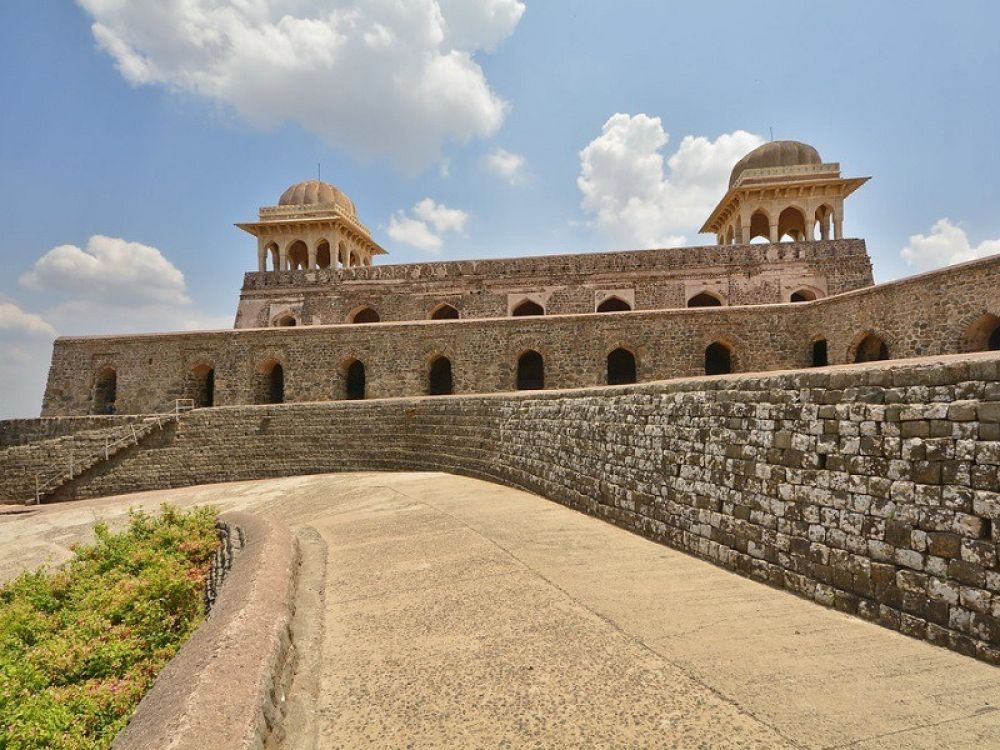

Mandu, Madhya Pradesh is a testament to India's rich heritage and profound history, and among its most enchanting historical sites is Rani Rupmati's Pavilion. This structure is not only a marvel of ancient architecture but also a symbol of a love story that continues to captivate the hearts of many to this day.
Rani Rupmati's Pavilion was built in the 15th century, during the reign of Baz Bahadur, the last sultan of Malwa. Rani Rupmati was a Hindu singer of considerable acclaim and the beloved consort of Sultan Baz Bahadur. This pavilion, perched on a hill, served as a capital feature of Mandu's fort and provided a panoramic view of the Narmada River, the sight of which was believed to be the source of Rupmati's inspiration for her music.
The architecture of Rani Rupmati's Pavilion is a mixture of Afghan and Mughal styles, reflecting the cultural amalgamation that characterizes much of India's history. The pavilion consists of two structures: a large sandstone court and a smaller, more intimate pavilion. Influences of Hindu architecture are also evident, showcasing the harmonious blending of different cultures and traditions. The two domed pavilions within the complex offer the most striking views and a glimpse into the past grandeur of the place.
Over the years, the mystery and romance of Rani Rupmati's relationship with Sultan Baz Bahadur have attracted tourists and historians alike to this picturesque pavilion. Since the 20th century, the site has been maintained by the Archaeological Survey of India, ensuring its preservation and accessibility to the public. It is now one of the must-visit spots within the Mandu fort complex, inviting visitors to explore its ruins and imagine the royal love story that once unfolded within its walls.
In recent years, efforts have been made to enhance the tourist experience at Rani Rupmati's Pavilion. With the introduction of guided tours, visitors can delve deeper into the history and legends surrounding the pavilion. Cultural events and festivals often take place within Mandu, which include light and sound shows narrating the region's history, with Rani Rupmati's Pavilion often serving as a fitting backdrop for such occasions. Additionally, eco-friendly initiatives and improved amenities have been introduced, showing a growing trend towards sustainable tourism.
Today, Rani Rupmati's Pavilion is not just a historical site but a destination for those seeking to witness the fusion of love, legend, and architectural splendor. To fully appreciate the site, visitors are advised to explore the pavilion during early mornings or late afternoons, when the soft light of the sun accentuates the beauty of the structure against the lush landscape. The monsoon season particularly highlights the site's beauty as the greenery comes alive, and the Narmada River swells, albeit requiring some caution due to the heavy rainfall.
Whether you're a history enthusiast, an architecture buff, or a romantic at heart, Rani Rupmati's Pavilion offers an enriching experience, nestled in the heart of India's profound history.